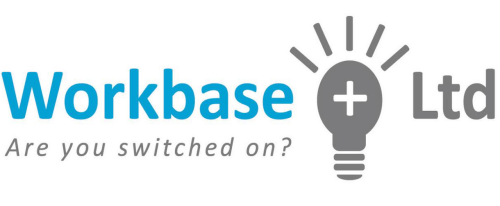


The law on workplace pensions has changed. Every employer with at least one member of staff now has new duties, including putting those who meet certain criteria into a workplace pension scheme and contributing towards it.
This is called automatic enrolment. It’s called this because it’s automatic for your staff – they don’t have to do anything to be enrolled into your pension scheme. But it’s not automatic for you. You need to take steps to make sure they’re enrolled.
If you employ at least one member of staff, you’ll need to automatically enrol them into a pension scheme if they meet certain criteria. Each employer has a date by which they need to comply with the law. This is called your staging date.
The date your automatic enrolment duties start is called your staging date and is when the law comes into effect for you. It can be found on the letters about automatic enrolment that the pension regulator send to you.
If you don't know your staging date, you can find it using your PAYE reference. If you don't pay your staff through a PAYE scheme, your staging date will be 1 April 2017.
There are a number of tasks that will need to be completed by your staging date, including assessing your workforce to see who’s eligible, choosing a pension scheme, and communicating to staff.
The pension regulator are now recommending 12 – 14 months to prepare for your staging date. Postponement can be used for 3 months, however this does not change your staging date, a system must be in place by the given staging date and members who do not wish to postpone and want to opt in on the staging date must to be allowed to do so.
If you want to continue using your existing pension scheme you need to check that it meets the qualifying criteria.
If it does qualify, you can carry on using it as normal for existing scheme members. If you want to use it to automatically enrol new members, it will need to meet some additional criteria.
The responsibility ultimately falls with the employer. However, they must write to each staff member after the staging date to tell them how automatic enrolment applies to them and explain their rights. They must let staff know that contributions will be deducted from their pay and that they have a right to opt out of your pension scheme if they wish to do so.
|
Category of worker |
Description of worker |
|
Worker |
An employee or someone who has a contract to perform work or services personally, that is not undertaking the work as part of their own business. |
|
Jobholder |
A worker who: • is aged between 16 and 74 • is working or ordinarily works in the UK under their contract • has qualifying earnings. |
|
Eligible jobholder |
A jobholder who: • is aged between 22 and state pension age • has qualifying earnings above the earnings trigger for automatic enrolment. |
|
Non-eligible jobholder |
A jobholder who: • is aged between 16 and 21 or state pension age and 74 • has qualifying earnings above the earnings trigger for automatic enrolment or • is aged between 16 and 74 • has qualifying earnings equal to or below the earnings trigger for automatic enrolment |
|
Entitled worker |
A worker who: • is aged between 16 and 74 • is working or ordinarily works in the UK under their contract • does not have qualifying earnings. |
Auto-enrolment applies to all employees. It also applies to any worker who has to perform work personally and is not doing this as part of their own business.
Often, if you use agency workers, the agency will be responsible for paying the workers — and the agency will also be responsible in terms of auto-enrolment. But if you take on a temporary worker directly, or are responsible for paying an agency worker, then you must also deal with auto-enrolment.
Zero hours contract workers are likely to be treated as workers for the purposes of automatic enrolment and employers will need to assess them along with the rest of their workforce.
If you fall into any of the following;
Note: Automatic enrolment will apply if more than one director has a contract of employment.
If one of the reasons above applies and you have received a letter with a staging date, you must tell the pension regulator you’re not an employer.
Auto-enrolment will also have a large impact on Recruitment Agencies who employ PAYE temps or Umbrella workers as they will need to be auto-enrolled too (only the truly self-employed are not covered). If anyone is unsure of definitions of workers they should seek advice and guidance.
|
Date |
Employer minimum contribution |
Total minimum contribution |
|
|---|---|---|---|
|
Employer's staging date to 05/04/18 |
1% |
2% (including 1% staff contribution) |
|
|
06/04/18 — 05/04/19 |
2% |
5% (including 3% staff contribution) |
|
|
06/04/19 onwards |
3% |
8% (including 5% staff contribution) |
|
On top of these costs you will also have to budget for additional costs such as implementing a system, setup and accountant/payroll costs etc. Planning ahead is extremely important.
You will be fined! Anything from £50 - £10,000 per DAY, depending on the number of employees. This is after a £400 fixed penalty.
For further information or to arrange a full auto enrolment presentation please contact Lindsey on l.hodge@workbaseplus.com or call 07823882815.
Failing to prepare is preparing to fail. If in doubt seek advice!